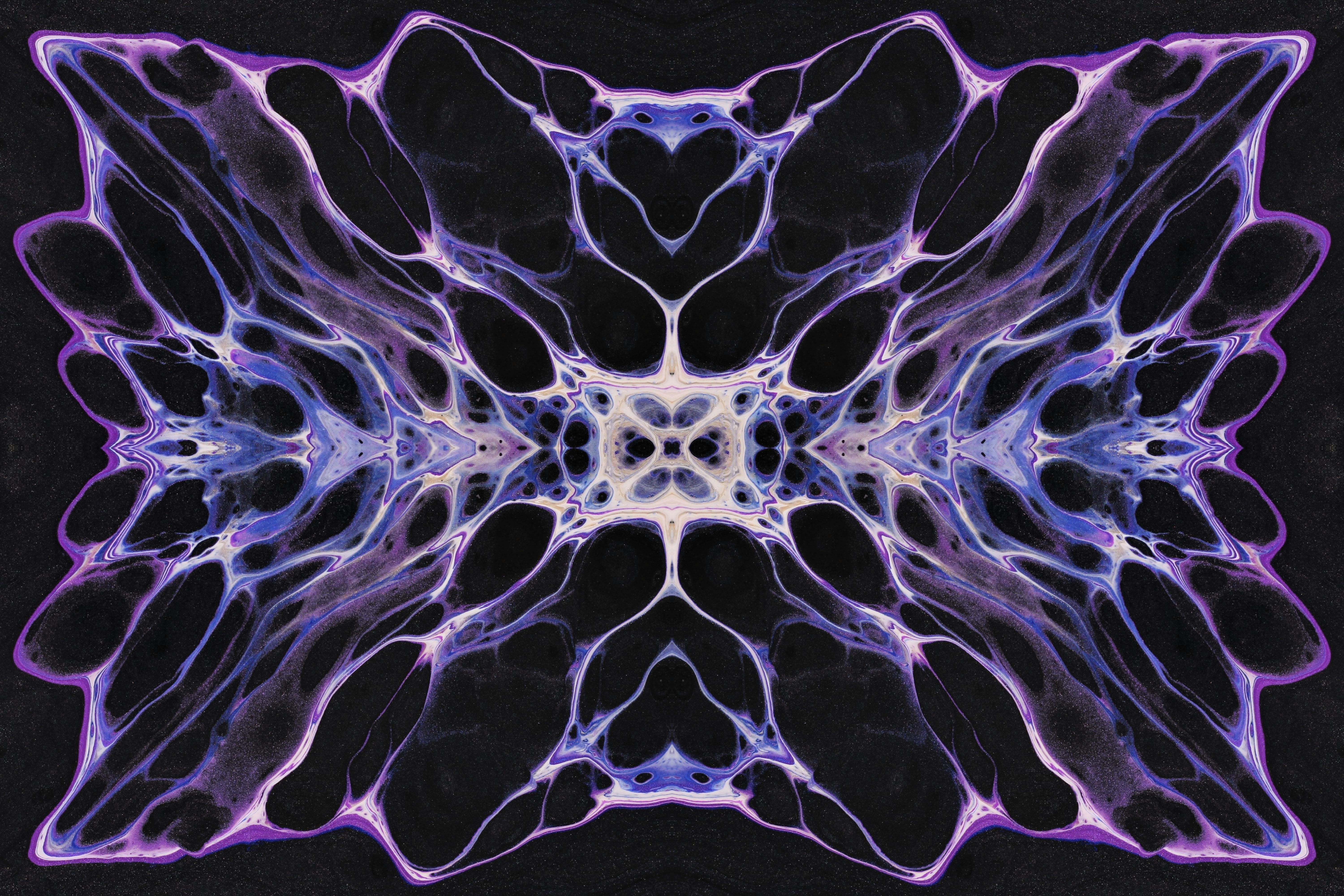Craft Sensory Spaces: Engage Touch, Sound & Smell in Home Décor
Have you ever walked into a room that felt just right? It wasn't just the colors or the furniture; it was something deeper, something that reached into you and sparked a feeling. Welcome to the art of sensory spaces—designing home décor that engages not just our eyes, but also our touch, sound, and smell, creating a truly multidimensional living experience. As we dive into the world of home décor, let’s explore innovative ways to infuse your space with sensory elements that transform your home into a haven for all the senses.
The Concept of Sensory Spaces

In today's fast-paced world, our senses often get dulled by digital noise and the relentless pull of everyday life. A sensory space is one that engages and invigorates these senses, offering a retreat from the overstimulation outside. When designing your home, consider how you can introduce layers of sensory experiences to enrich your environment.
Imagine entering a living room where your favorite scents waft through the air, soft sounds of nature play in the background, and soft textiles invite a comforting touch. It's not just décor; it's an immersive experience that fosters well-being.
Engaging Touch: Textiles and Textures

Since touch is arguably the most intimate of the senses, embedding tactile elements into your home décor is critical. From plush cushions to knitted throws, the goal is to create layers of texture that invite touch.
Choosing the Right Textiles
When selecting textiles for your space, think about the mood you want to create. Soft, velvety fabrics can create a cozy feel, while smoother textures may impart a more sophisticated atmosphere. You can explore the idea of upcycling materials through creative projects to ensure your home not only looks good but feels good too. Consider using a variety of fabrics—faux furs, linens, and natural fibers—each of which engages the sense of touch differently.
DIY Comfort Zones
Think of creating a tactile oasis, perhaps a reading nook, where every element invites you to linger. Invest in a mix of cushions, blankets, and even a few textured wall hangings. The combination of these elements creates a space that feels warm and inviting, encouraging relaxation.
Soundscapes: The Ambient Sound Experience
In the realm of home décor, sound often gets overlooked, yet it holds tremendous power. Just as you curate your décor visually, consider how you can craft a soundscape that enhances your living environment.
The Role of Background Music
Designing soundscapes can involve simple elements like incorporating a speaker system for ambient music, or perhaps a unique DIY project like creating your own sound system. You might choose calming sounds like a babbling brook or soft rain—whatever echoes your personal taste.
Nature-Inspired Auditory Elements
You could also introduce elements like wind chimes or water features, which will engage the auditory senses naturally. A water fountain, even a small tabletop version, can provide a serene auditory backdrop that enhances your overall living experience.
Aromatic Delights: Engaging the Sense of Smell
The sense of smell is one of the strongest triggers for emotions and memories. By intentionally incorporating scents into your home, you can create a more inviting atmosphere.
Scented Decor Elements
Think about integrating aromatic candles, essential oil diffusers, or even natural herbs into your décor. A small indoor herb garden can bring both visual beauty and delightful scents into your kitchen or dining area. To enhance this sensory experience, create cozy DIY aromatherapy stations around your home.
Layering Scents
Layering scents is an interesting technique to consider. Start with a neutral base smell, such as fresh linens or natural wood, and then add in subtle floral or citrus notes. Just like with colors, balancing scent profiles can help you achieve the right atmosphere for any room, making a simple space feel extraordinary.
Harmonious Color Palettes and Emotional Responses
Color is not merely aesthetic; it carries emotional weight and can influence how we feel in a space. Utilizing a color palette thoughtfully can enhance all sensory experiences, not only visual but emotional as well.
Color Psychology in Home Décor
Colors can elicit different reactions—blues often evoke calmness, while yellows can foster happiness. Understanding color psychology can empower you to manipulate your space to engage emotions. Think about creating a mural or an accent wall that captures the essence of your desired vibe, defining how each room feels at first glance.
Texture and Color Synergy
Don’t just consider color as a flat element; instead, combine textures with your color choices to create a cohesive and engaging environment. For example, pairing lush emerald green cushions with muted greys can evoke the tranquility of nature while maintaining a modern aesthetic.
Biophilic Design: Nature as a Sensory Element
Today, many people are recognizing the importance of biophilic design—an approach that seeks to connect inhabitants with nature. This concept harmonizes beautifully with sensory design, as it taps into all senses.
Bringing Nature Indoors
Incorporate live plants to bring an element of nature and engage with the olfactory sense if you choose fragrant varieties, such as jasmine or lavender. Implement biophilic décor projects that enhance your indoor environment with natural materials, textures, and organic forms.
Sustainable and Eco-Friendly Practices
Think about eco-friendly options, such as using reclaimed wood for furniture, which not only elevates the aesthetic but also tells a story and engages senses. It's a tactile experience to touch a smooth, polished surface versus a raw, textured one. This interaction with materials can create a profound connection to your space.
Creating a Narrative with Storytelling Elements
Your home is a canvas for your personal stories and experiences. Engaging storytelling elements into your décor adds a layer of uniqueness and personal touch.
Whimsical Touches and Meaningful Spaces
Embrace the idea of storytelling in your décor by decorating with items that hold personal significance, whether that be travel souvenirs or mementos from important life events. Explore projects that involve infusing storytelling elements into your design, which invites not just visual engagement, but narrative and emotional depth.
Personalizing with Senses: Your Unique Touch
The beauty of designing sensory spaces is that it allows you to combine personal taste with an exploration of how different elements work together. Above all, remember that your home should feel like you—a true reflection of your personality, values, and memories.
DIY Personal Projects
One effective way to personalize your space is through DIY projects that hold sentimental value or tell a story. For example, crafting unique decor from childhood memories, as detailed in nostalgic crafting, allows your home to sing with stories just waiting to be rediscovered.
Evolving Your Space
Your sensory space might change as you grow and evolve, and that’s okay. Keep experimenting with different elements, scents, and colors. Remember that your living environment is a reflection of your journey—embrace that by allowing your space to adapt to the seasons of your life.
Final Thoughts: Elevate Your Everyday Life Through Sensory Design
Engaging the senses through home décor opens a world of possibilities for deeper enjoyment and connection to your space. By thoughtfully layering elements that engage touch, sound, and smell, you create a harmonious sanctuary that breathes life into your home.
Design is not merely about aesthetics—it's about creating experiences. As you explore the various aspects of sensory space design, you’ll discover how to shape your surroundings into a multisensory haven. Take the plunge and transform your space into something fabulous, capturing every essence of comfort, creativity, and tranquility.



